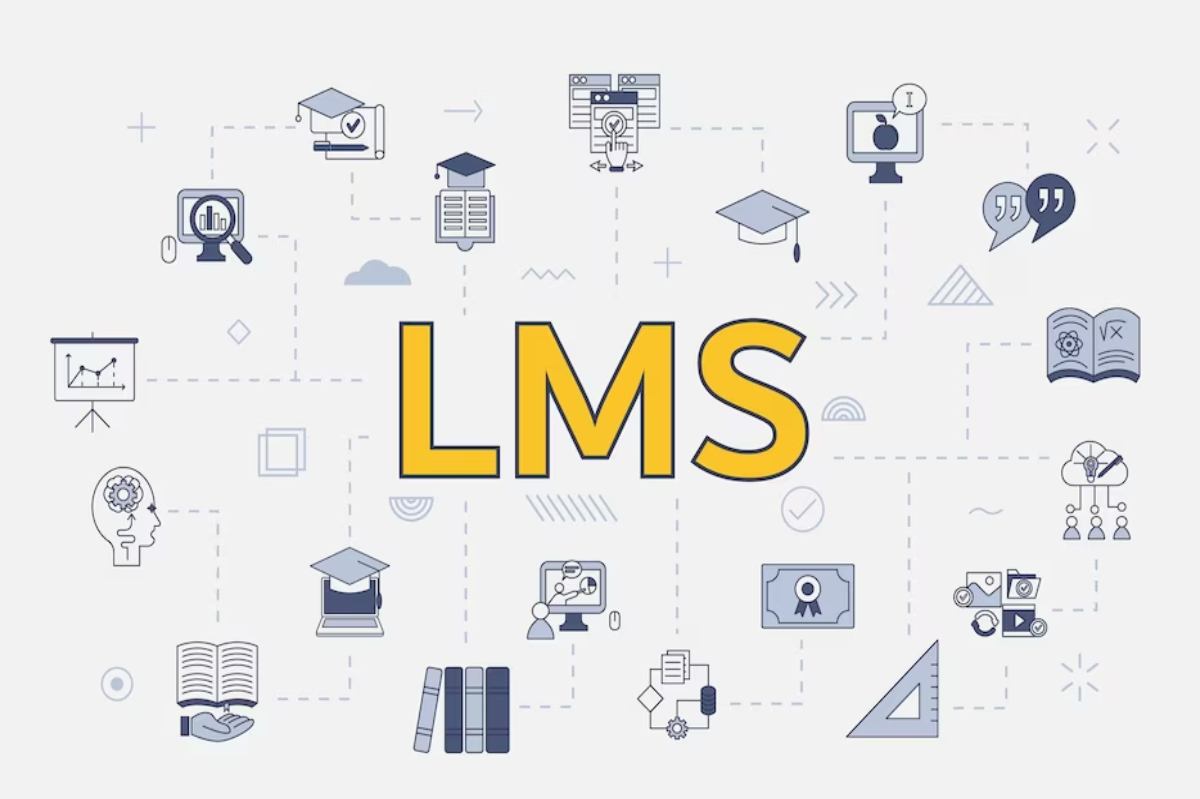To date, in the labor market, skills and what you learn are particularly important to always be competitive in the eyes of companies: in this regard, we are talking about lifelong learning, hard and soft skills, transversal skills, flexibility, and updating, retraining. Professional.
We therefore often talk about professional training and how it has a fundamental importance in qualifying a worker and his skills; at the same time, other widely used terms are those of ‘professional updating’ and ‘retraining,’ which always identify the continuous training that takes place during the working life. The term professional training refers to all those actions connected to the working world, providing theoretical-practical tools to carry out a particular profession and be competitive in a specific area.
Professionalism, after all, is always the sum of skills and knowledge that are acquired through study and practice, but also through continuous updating: this is why every worker, in every moment of their professional life, always needs professional training. And the support of high-quality training, if possible, not only focused on theoretical aspects but also integrated by workshops, internships, how-to, work experience, and so on.
In Italy, there is a lot of talk about professional training not only concerning compulsory courses (such as those for safety at work) but also about vocational courses (such as those that are provided by the regions, and which allow acquiring the theoretical and practical bases of a particular work), as well as courses to improve and update oneself in a position that is already taking place, and so on. But what does professional training consist of, more concretely? Let’s find out today what training and professional updating consist of and how they identify themselves.
Let’s Find Out About Professional Training: What Does It Consist Of?
What is professional training, and how is it concretely channeled into courses? We can essentially distinguish:
- Initial vocational training, which is generally aimed at those who have just started a job. However, these can also be training courses provided to people who have completed their studies and need a more practical approach to enter the job market (e.g., training courses for new graduates with internships or traineeships included).
- Vocational training courses for the unemployed and employed. In this case, professional training is often free, is provided directly by the affiliated regions or bodies, and aims to provide a set of skills and knowledge helpful in being spent on the labor market for people who have lost their jobs.
- Continuing professional training, which is part of the concept of lifelong learning (that is: you never stop learning because real training lasts for a lifetime), is aimed at people who already have a job and continue to deepen its aspects to grow professionally to improve.
The beauty of today’s professional training is undoubted that it is possible to choose the most suitable course. You have a vast choice of courses, among many different methods of all kinds, which can then give rise to certifications (for example, many systems provide certificates final that certify the level of competence assumed) and that can be used to find a job, or to change professional fields, or for a promotion.
Updating and continuous teaching are elements of professional training that are of great importance. To grasp the spirit of a movement that today is not limited to ‘teaching’ concepts but wants to do much more: train people for the future.




